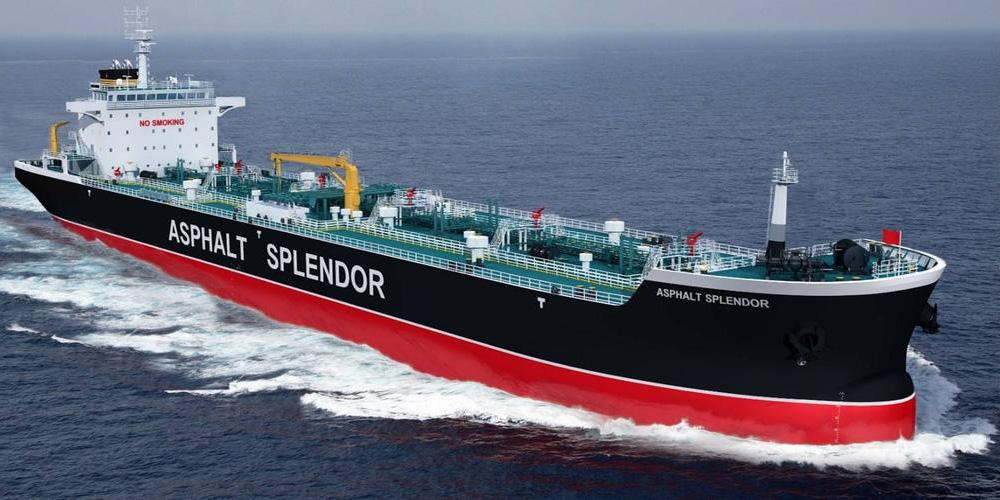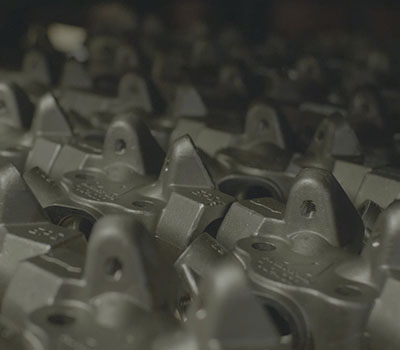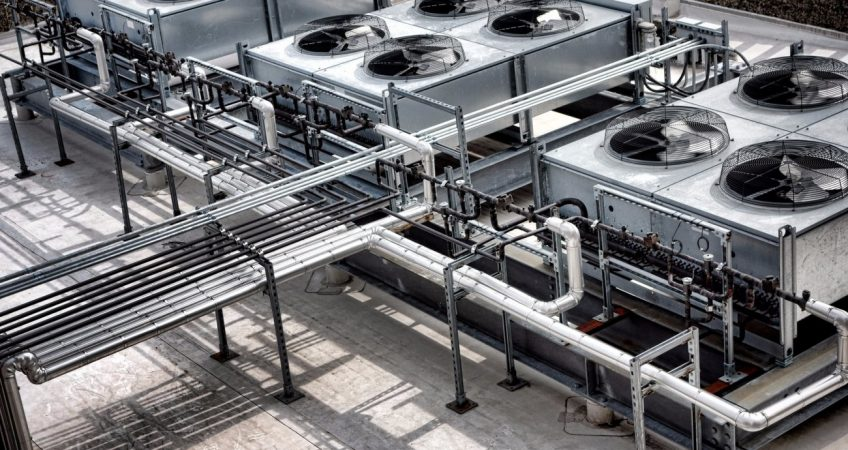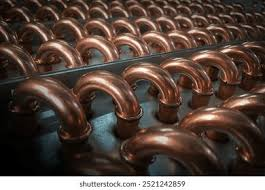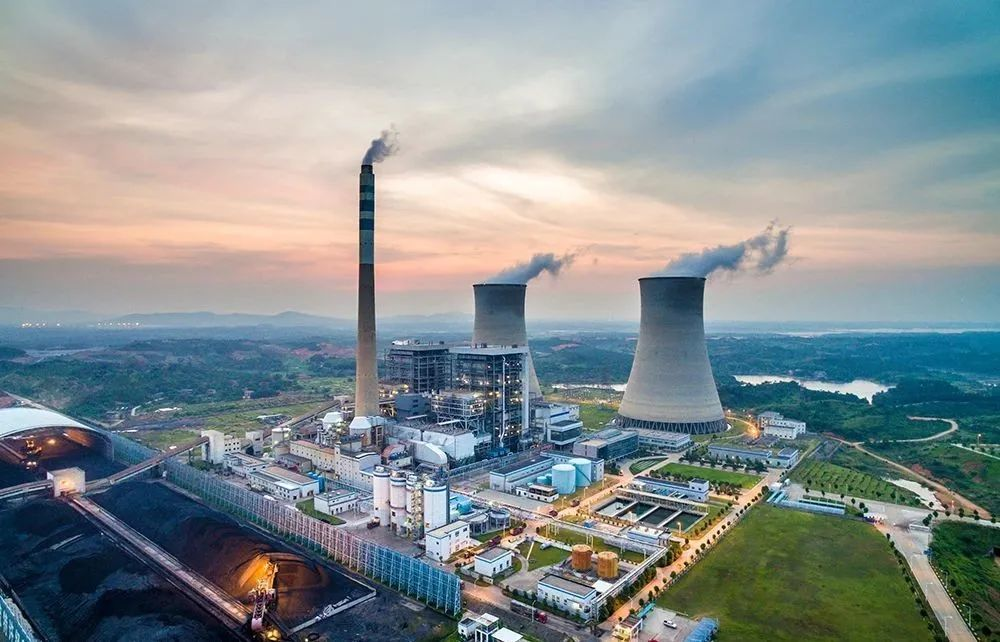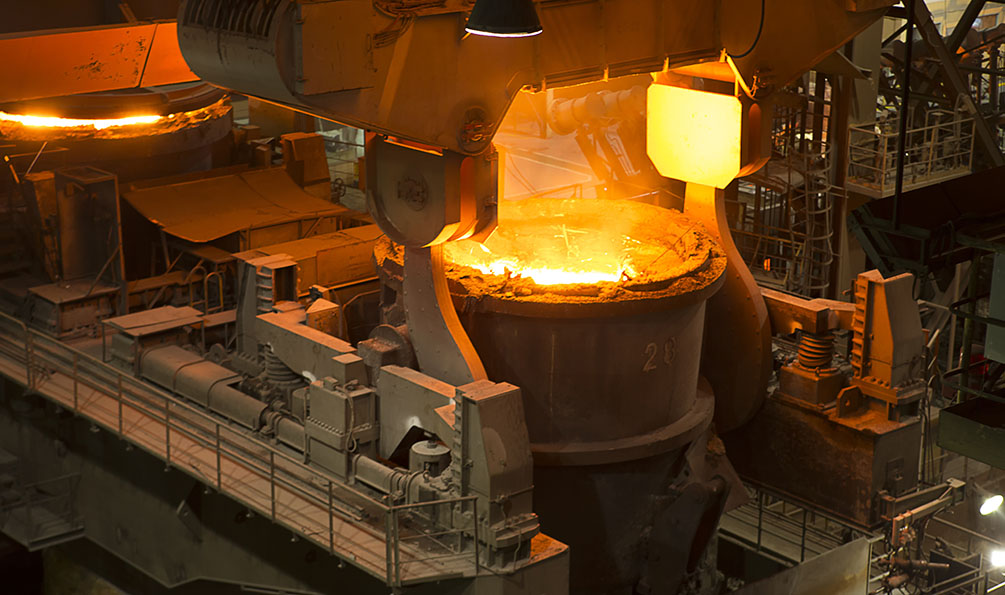Understanding Forced Draft Finned Tube Exchangers
Forced draft finned tube exchangers are at the forefront of heat transfer technology, providing robust solutions for industries that demand efficiency and reliability. These advanced systems utilize finned tube heat exchangers to optimize the transfer of heat in various applications. With their innovative design, forced draft heat exchangers ensure improved performance in challenging environments while maximizing thermal efficiency.
Heat transfer finned tubes are the core of these systems, offering exceptional conductivity and durability. Their use is widespread in industrial finned tube exchangers, metallurgy, chemical engineering, and waste incineration plants where high thermal performance is required in corrosive environments. The improved finned tube design enables the efficient transport of heat while maintaining structural integrity, making them indispensable in modern heat recovery processes.
The Advantages of High-Frequency Laser-Welded Finned Tubes
One of the most groundbreaking advancements in forced circulation heat exchangers is the introduction of high-frequency laser-welded finned tubes. This technology has revolutionized the industry by enhancing the longevity and performance of heat exchangers. Unlike conventional solutions, the laser welding process creates a metallurgical bond between the fins and base tubes, ensuring superior heat conductivity and resistance to mechanical stress, high temperatures, and corrosion.
The benefits of finned tube exchangers extend beyond their durability. For instance, these tubes are engineered with specialized anti-corrosion systems to perform exceptionally in aggressive flue gas conditions, including environments with SOₓ, high chloride levels, or alkaline dust. Tailored material combinations such as 316L base tubes with 254SMO fins, titanium alloys, and Hastelloy C276 ensure optimal performance in conditions requiring high pH tolerance or resistance to oxidizing agents.
Advanced surface treatments like laser cladding, micro-arc oxidation, and nano-sealing technologies further enhance the reliability of these systems. These innovations minimize corrosive impacts, extend the system lifespan, and maintain steady thermal efficiency, a must in industries handling waste heat or chemical byproducts. Real-world results confirm that these high-performance finned tubes can last up to five times longer than traditional counterparts while demonstrating unparalleled efficiency in heat transfer applications.
Finned Tube Applications in Industry
Finned tube applications are diversifying rapidly across industries requiring robust heat exchange solutions. Examples include steel plants, chemical engineering facilities, and waste heat boilers, where forced draft finned tube exchangers play crucial roles. Their modular design and sleek engineering parameters allow seamless integration into various industrial systems, catering to specific operational needs.
In steel plants, the use of finned tubes with gradient composite materials and surface treatments has significantly extended the lifespan of waste heat boilers. From handling corrosive SO₂ to minimizing dust accumulation, these advanced solutions demonstrate the potential of next-generation heat exchange technology. Similarly, in chemical processing, finned tubes engineered to tackle periodic pH fluctuations and other challenges ensure consistent performance and zero pitting corrosion—key to maintaining operations at peak efficiency.
The forced draft finned tube exchanger is undeniably one of the key developments in modern heat exchange systems. By leveraging the thermal efficiency of finned tubes, industries can optimize energy use while reducing environmental impacts. Whether it's through improved materials, state-of-the-art welding methods, or innovative designs, these exchangers epitomize resilience, reliability, and superior heat transfer capabilities suited for the most demanding applications.

